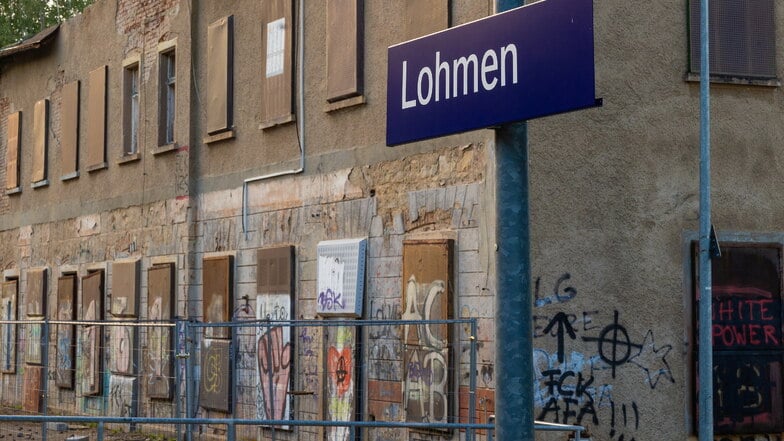By Michael Rothe
Dresden. In Saxony, Deutsche Bahn (DB) now owns only 21 of what were once 417 station buildings, twelve of them in the greater Dresden area. According to an evaluation by the Pro-Rail Alliance, the company has sold 95 percent of its total holdings in the Free State since 1999 - more stations than in any other federal state.
The Group subsidiary DB Station&Service AG still owns 676 of 3,507 such properties in Germany. The reason for the sales was the requirement, in force since the 1994 rail reform, that the buildings must finance themselves from rental income. The federal government, which owns the railroad, now only provides financing when platforms are built or renovated. It does not feel responsible for the buildings. DB was thus under pressure to sell off reception buildings that were not profitable.
In addition to Dresden's main station and the Neustadt and Mitte stations there, the remaining addresses in eastern Saxony include Görlitz, Meißen, Riesa, Pirna, Zittau, Königstein, Köttewitz, Oberschlottwitz and Bärenhecke-Johnsbach. In the best cases, sold and renovated houses come to life: as a mobility center with gastronomy and offices as in Großenhain, as a bakery with café as in Geising, as a classic car museum as in Sebnitz or as the seat of the city administration as in Freital-Potschappel. But they are often abandoned to decay and vandalism.

Therefore, the Pro-Rail Alliance does not approve of the development. "The new federal states are particularly affected by the wave of sales, which has stopped in the meantime," says Managing Director Dirk Flege to Sächsische.de.
This cannot be explained by population decline. For far too long, the federal government has only looked at station buildings from a business perspective. "People's mobility needs and social aspects have often fallen by the wayside," criticizes the head of the non-profit interest organization of a good 200 companies and associations. "It is time for the federal government to feel financially responsible for station buildings," Flege demands, "because reception buildings are an extraordinarily important point of contact for travelers."
The railroad also came to this conclusion. It has been holding on to the buildings since 2022 in order to help shape their use and to develop the stations holistically, it says in response to an inquiry. "Stations are the calling cards of cities and communities and for travelers the gateway to the rail system," a spokesman said. DB continues to have operator responsibility and indirect influence on the real estate, for example, to ensure traffic by the buyers. In the case of "visual aspects and non-safety-relevant defects," however, it has no legal recourse.








